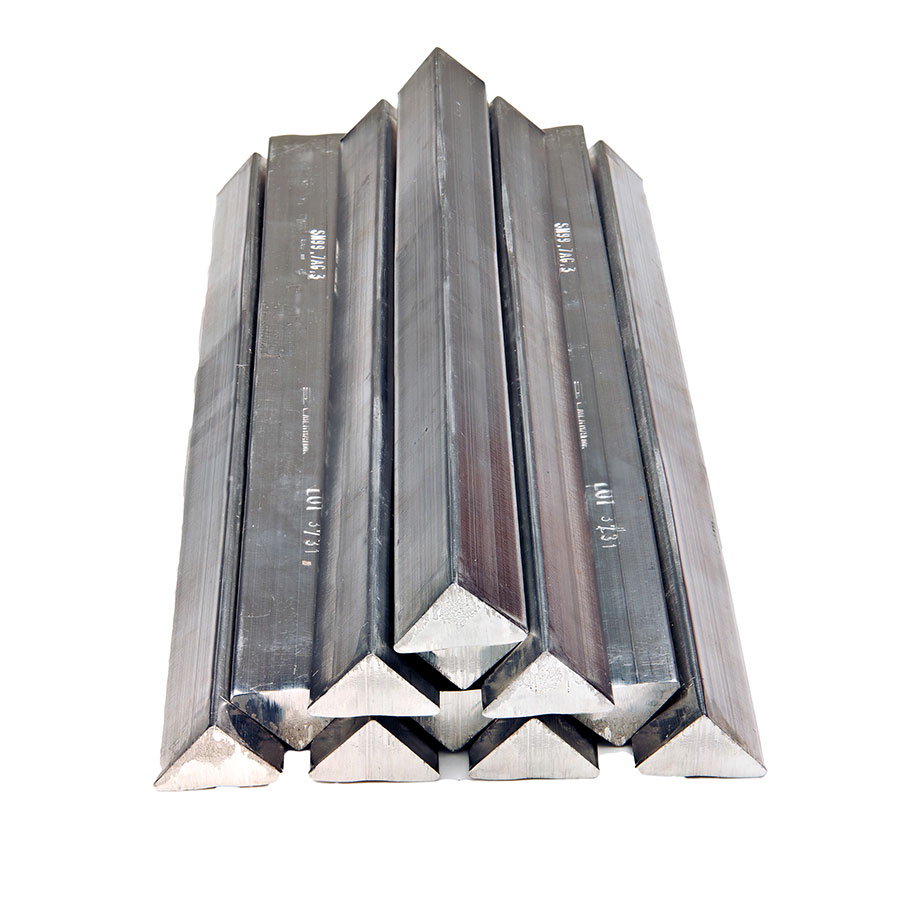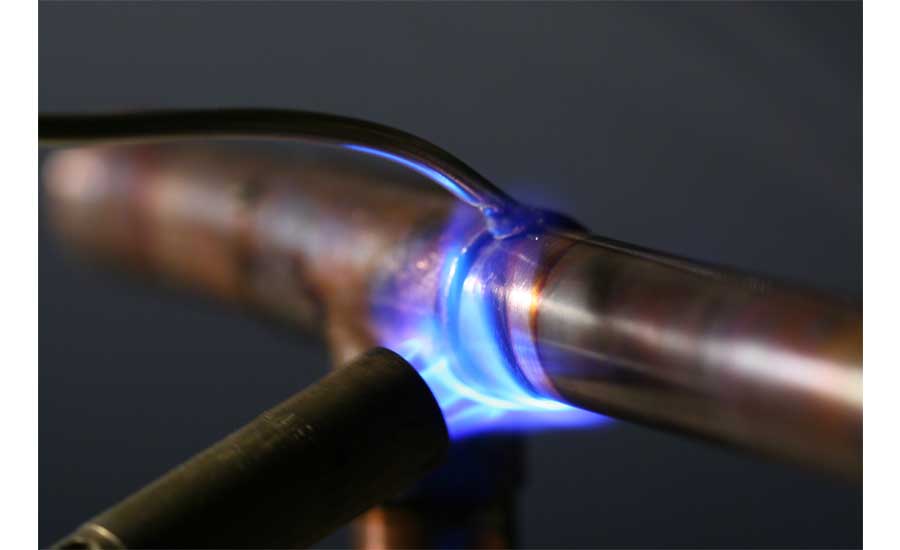The lead free soldering process is common in multiple products and applications
The lead free soldering process is the final solution to attach the electrical components and application in electronic devices. It promises a robust connection between small and large electronic and electrical joints. There, however, are lead and lead-free soldering processes. But some of the applications also demand something different than these.
The solid joints promise solid and effective results. It is the reason hence choosing the right, and reliable soldering material is crucial. It brings a significant impact on the joints and consequently on the working. If a user selects the wrong one, it comes up with challenges.

It, therefore, demands the user to get complete information and knowledge about the types and nature of the solders. After getting to know about the solders and types, things get much easy with soldering. The choice of a solder, whether lead or lead-free, all depends upon the working requirement.
What is the Solder?
Getting to know about the solder is very critical before actually performing the lead free soldering process. The person should be very well aware of the solder, its types, and, if any, demerits of using the solders. It also raises the point as to whether leaded or lead-free solders. But first thing first. What is the solder itself? It is something more pertinent to understand.
Solder is basically a metallic alloy. It may comprise Tin or Lead as the basic components for soldering joints. This material gets melted with the help of hot iron. The temperature required for the hot iron to reach and melt them is 600 Fahrenheit for melting these materials. After soldering, there comes a colling process. In the process, the moment when the material cools down, it eventually creates a most robust strong bond or joint. These joints promise the rigid electrical joint between components.
Traditionally, lead free soldering process is not particular. However, the solders that are very common in the electrical industry comprise a mixture of lead and tin. The critical point to mention here is that different application demands varying soldering materials. Even when you are dealing the heavy plumbing, you are going to need the solders. Nowadays, the assemblers are using 40% of lead and 60% of tin solders. We call this mixture a Eutectic Mixture.
Factors of Lead-Free Soldering Process
There are multiple factors that promise the effective and sustainable result of using the lead free soldering process. It is because a lead-free soldering process comes with various benefits that seem not possible with the lead soldering process. The assemblers who have already switched to lead-free soldering are enjoying excellent benefits. Moreover, some factors determine and distinguish the lead-free soldering process from the leaded soldering process. The factors include:
ROHS Latest Regulations
The foremost reason for using the lead free soldering process is our compliance with the new ROHS regulations. The ROHS stands for Restrictions of Hazardous Substances. By Fatalistic substances, we mean that they are affecting the industry and the out collective ecological system. Its regulations are now affecting all the electronic industries.
These regulations are not just related to the soldering process. However, it also covers the production of electronic material and components as well. Therefore, in Europe, there is a strict restriction on the production and treatment of electronic components using these hazardous substances. The substances may include hazardous chemicals as well.
Looking at these, if someone doesn’t comply, one thereby has no permission to do business in Europe. Eventually, after 2006, the components must pass the ROHS guidelines. Other materials, including lead, are Benzyl Butyl Phthalate, etc.
Protecting the Environment
Besides the ROHS regulations, the assemblers are also keen on protecting the environment using the lead-free soldering process. It is because lead is not suitable for living organisms. Because as soon as lead finds its way to the ground, it quickly finds ways to enter the soil, water, and air as well. This information didn’t come up for very long to the general public. Therefore, lead was in frequent use in industries.
Furthermore, the lead material that we find in our fuels is responsible for spreading pollution in the air. It is a typical case in urban cities. Eventually, the soil near the roads and highways accumulates the lead with the passage of time. With the blow of the wind, the lead particles travel through the air to lakes and ponds. It consequently becomes the reason for affecting the lives of marine and people living near those lakes.
Disadvantages of Using the Lead-Free Soldering Process
There are many factors and disadvantages of using the lead free soldering process. It includes:
Lead Solder is Easy to Handle Material
Handling lead solders is pretty much easier than that of lead-free solders. However, the performance of lead-free is quite exceptional. But lead solder is easier to use in some areas. Even if some toddler handles it and eats it, the human body can absorb it as toxic material. However, Lead-free material is soft and rubs off from the hands.
Lower Temperature
The lead free soldering process requires considerable high temperature to meltdown in comparison to that of Leaded solders. The melting point of lead-free solders is 217 degrees Celsius or 422-degree Fahrenheit. However, this is not the case with solders of lead material. The leaded solders are capable of melting at 183 degrees Celsius or 361-degree Fahrenheit. It takes us to the point that the electronic components must be robust enough to handle such heat for bearing this high temperature.
Lack of Surface Tension
We can argue at this point as the most prominent liability factor of using the lead free soldering process. It is the factor of bearing the intensity of surface tension. The lead-free solder carries the biggest demerit of holding the lowest surface tension. It is why lead-free solder wires are not robust and hard enough to hold the external pressure and force.
It thereby leaves the material fragile against significant external forces. Moreover, not just the external forces are in play. Nonetheless, also if someone exposes the lead-free solder in a harsh environment, the components come off quickly on their own.
For More Information, Contact Us Today!





